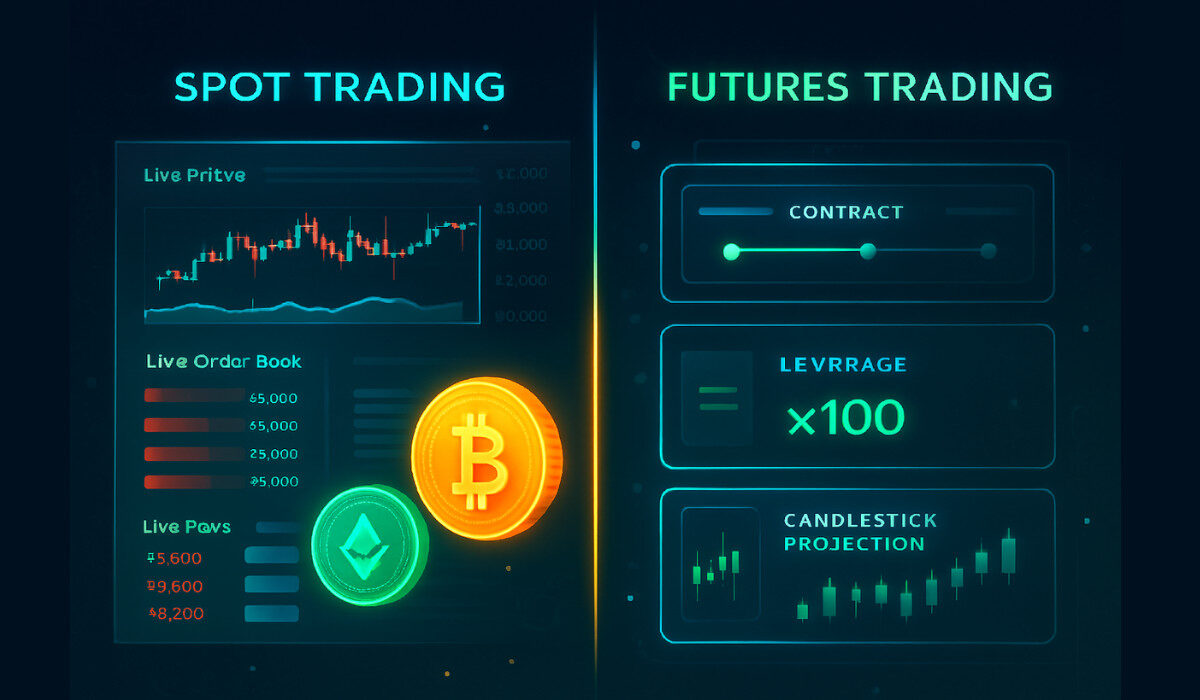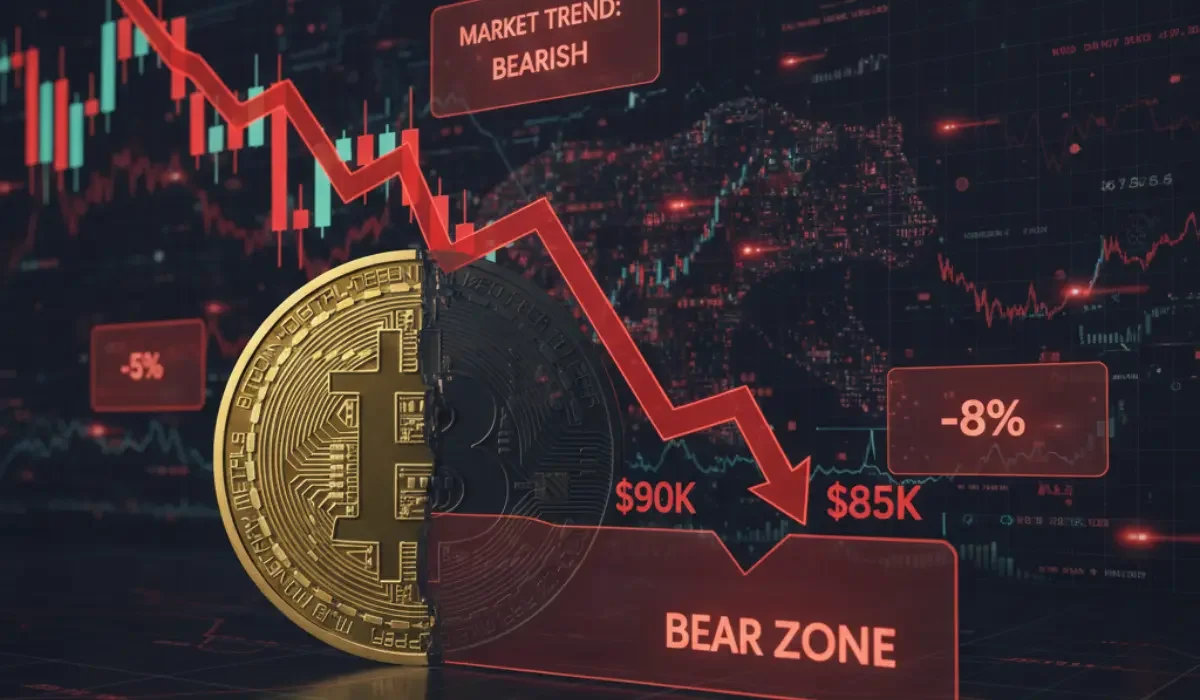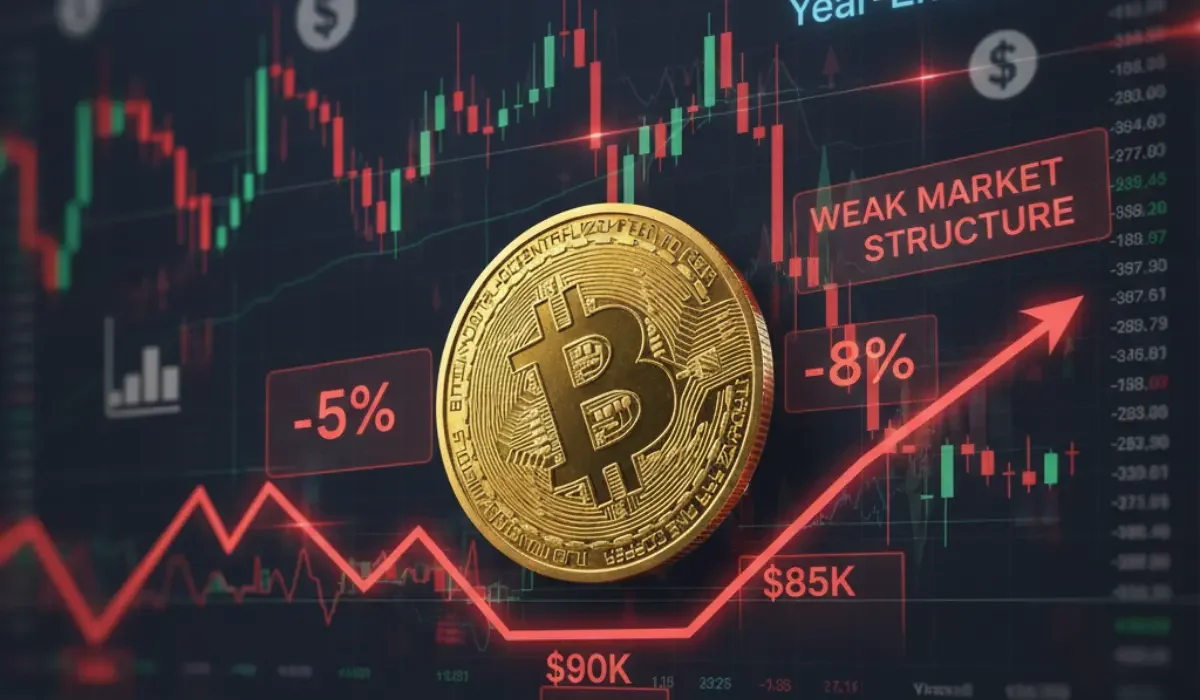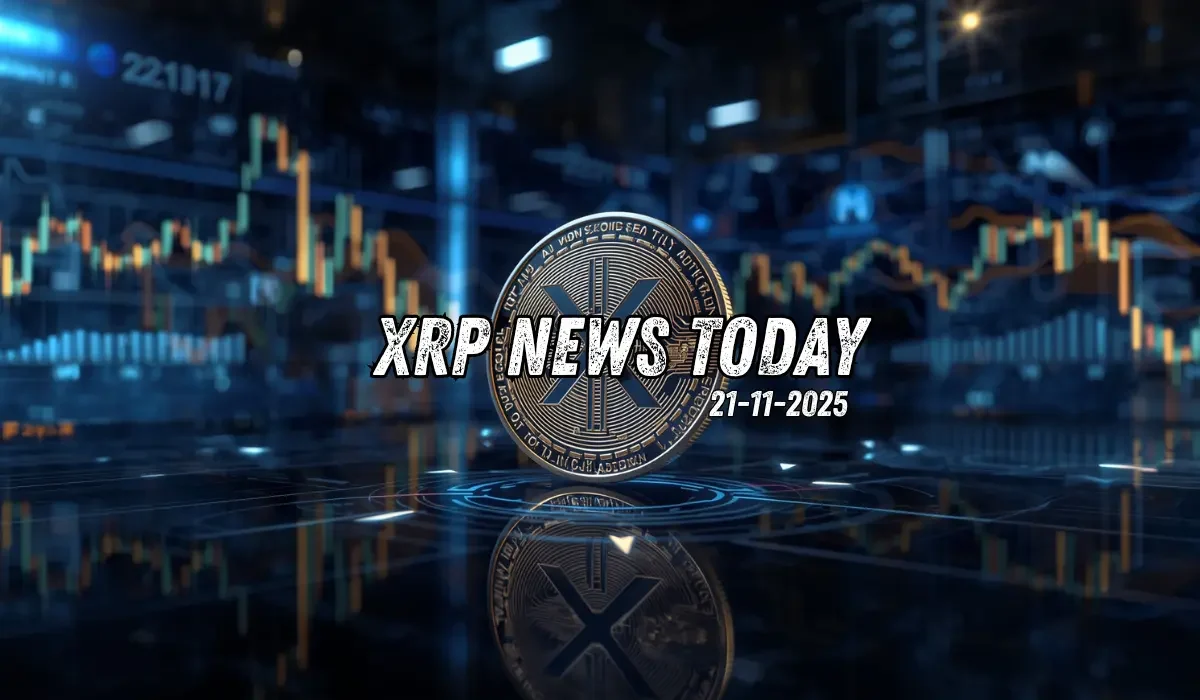What Is The Difference Between Cryptocurrency Spot And Futures Trading?

Cryptocurrency trading is gaining traction among global investors. A movement that started as a technical deviation from the centralized system of finance now has a market of its own. With a multitude of assets to choose from, crypto trading has taken off to the skies.
There are two main forms of cryptocurrency trading. Spot trading and Futures trading. There are types of crypto trading besides spot and futures trading, like options; however, in this article, we will be focusing on the differences between spot trading and futures trading of cryptocurrencies.
What is the Need for So Many Trading Types?
The simplest answer to this question is portfolio diversification. Different types of trading, like Cryptocurrency Spot And Futures Trading, exist so that traders can leverage the benefits of risk tolerance, diverse market instruments, leverage, etc.
Immediate ownership and low-risk market exposure are the two main reasons why traders choose to trade on spot markets. Futures markets offer leveraged positions, speculative trading, hedging, etc. The futures market is for traders who have a higher risk appetite.
By classifying trades into types, traders can choose what type they like; this gives them greater control over their portfolio. Additionally, more market types mean more investors. This enhances the liquidity potential of the assets. It is for all of these reasons that there are so many trading types offered for cryptocurrency trading.
Cryptocurrency Spot Trading

Spot trading is one of the most common trading types. It is a particularly low-risk approach to trading. While it offers many potential advantages, it has its downsides as well. We will use this section to learn more about cryptocurrency spot trading.
How Spot Trading Works
When digital assets are directly exchanged at an agreed market price, it is called spot trading. In this type of trading, a trader exchanges one asset for another. For example, in a BTC/USDt spot market, traders can exchange BTC for USDt and vice versa.
Certain terms need to be identified while trading on spot markets. One key term is price. Price itself is denoted as Market Price and Limit Price. Market price is also known as the spot price. It is the price that is the lowest for buying and the highest for selling at the time of trade. This price is fetched from the order book. A Market Price order is executed immediately. The Limit Price is the price at which a trader wishes to perform a trade. At this price, the trade may not execute immediately; the trade executes once the limit price and the market price are matched.
Benefits of Spot Trading
Spot trading comes with a lot of advantages, especially for beginners and long-term traders. Simplicity is the core concept of spot trading. There are no contracts or expiration dates to keep in mind when it comes to trading on spot markets.
Since spot trading is free of any leverage, it carries less risk. This is a very beginner-friendly feature. This prevents traders from committing serious mistakes that cause large and immediate losses.
A third benefit is that owning the asset itself can be helpful when it comes to long-term holding. Traders do not need to worry about funding fees or overnight fees when it comes to spot trading. What is bought on the spot market can be used for other activities like fixed deposits, staking, etc. The clarity in pricing is one of the most important technical advantages of spot trading. Spot markets are priced based on real-time data, and the fee structure is also fairly simple, with a maker and taker fee for placing orders.
Risks and Limitations of Spot Trading
Even with the simplistic nature and many benefits, spot trading is not free of risks. Traders should be aware of what potential limits and risks there are to spot trading. Since spot trading does not make use of leverage or borrowing power, the profits may be smaller. This is especially true for beginners who are trading with limited funds.
Price volatility is another concern of spot markets. The prices of assets can swing rapidly, and without proper market management and the lack of stop-loss order placement, there are risks of losses when prices move in an unfavorable direction while a trader is involved in spot trading.
The third and perhaps most important limitation of a spot market is the inability to profit from falling markets. Spot markets profit from price appreciation, so a prolonged bearish market can render a spot market useless for days, weeks, or even months.
Cryptocurrency Futures Trading

How Futures Trading Works
Unlike spot trading, futures trading does not involve owning the traded asset. In futures trading, traders buy contracts that represent the future price of a digital asset. Traders mutually agree to sell or buy an asset at a predetermined price on a future date in futures trading. This allows the traders to speculate on the price of the asset without actually owning the asset.
Most cryptocurrency futures markets offer leverage. It is the borrowing power of a trader. This is normally represented as 1x, 5x, 150x, etc. With leverage, a trader can open larger positions than the equity they have. Trading with leverage carries risk, which we will discuss in the coming section.
Futures trades can be settled for cash or the cryptocurrency itself; it depends on what type of futures contract an exchange offers. The type of futures where the trades are settled in coins themselves is commonly known as Coin futures.
Benefits of Futures Trading
The benefits of Futures trading may be more appealing to seasoned traders who are more familiar with the whole idea of trading cryptocurrencies, even when the tide is against the market.
The most obvious advantage is leverage. Leverage is a great tool for traders with insatiable risk appetite. Leverage allows a trader to technically borrow funds that they do not own to place an order. Leverage amplifies the profits from a trade by the multiplier chosen. For instance, a 5x leverage will give five times the profit from a similar trade placed on the spot market.
Another great feature of Futures trading is that it allows both LONG and SHORT positions. A trader enters a LONG position when they identify that the market is going to appreciate. A SHORT position, on the other hand, allows a trader to capitalize on the bear market moves as well.
The SHORT position option is a great way to put up protective hedges in times of negative market conditions. When the market enters a negative wave, a SHORT position earns the trader profits.
Since institutional investors and larger players often choose the Futures market, there is a larger liquidity in it, which is helpful for faster trade execution and tighter spreads.
Risks and Limitations of Futures Trading
Futures trading comes with amplified risks when compared to spot trading. Even though leverage can amplify profits, it can speed up the losses as well. An improperly managed Futures account will be liquidated quickly if no safety precautions are taken in advance.
Strict risk management and emotional resilience are essential for futures trading. This type of trading is thus limited to seasoned traders if a trader wish to make a profit. Futures markets additionally have the problem of volatility. This volatility can wipe out account balances through liquidations on a moment’s notice.
Funding fees are yet another limitation of futures trading. When holding positions for longer periods, funding fees can accumulate and eat into the profits of traders.
Conclusion
Regardless of their differences, Cryptocurrency Spot And Futures Trading cater to the interests of different traders. The risk profile of traders also differs when it comes to the two different types of cryptocurrency trading.
While spot trading is ideal for limited risk long-term trading, futures trading gives a direct profit advantage at the cost of increased risk and uncertainty. Understanding the benefits, limitations, and mechanics of both trading types is essential for making informed decisions, managing risk effectively, and navigating the dynamic crypto market successfully.
FAQs on Cryptocurrency Spot And Futures Trading
While beginners are allowed to make trades on futures platforms, it is not recommended since futures trading requires more experience and discipline.
Traditional futures trading comes with an expiration date. Traders cannot hold positions after this date. Perpetual futures, on the other hand, as their name suggests, perpetual futures traders can have open futures positions as long as there is enough margin in the account.
No, spot and futures prices can differ due to market expectations, leverage, and interest rates.
Yes, some exchanges have coin-based futures contracts where the profits and losses are settled in cryptocurrencies rather than fiat or USDt.
Spot trading most commonly only needs a maker/taker fee; on the other hand, a futures trade requires a funding fee in addition to the standard fees paid at the time of opening the trade.
Crypto & Blockchain Expert




